I really love the feeling when the plane is descending to land at Tan Son Nhat airport, looking out the window to see the seemingly endless green patches on the ground.

Those natural green patches, combined with the winding flows of the rivers, are as beautiful as a watercolor painting, located next to a bustling urban area in the richest delta region of Vietnam.

That is Can Gio mangrove forest - a biosphere reserve recognized by UNESCO.

This is a key national ecological reserve, or simply as the people of Saigon call it - Sac forest.

The green patches of Sac forest from ancient times, which played an extremely important role, contributed to creating one of the most prosperous economic development areas for many years, but never suffered the consequences of natural disasters. Indeed, Saigon from the past to the present, rarely faced tropical storms blowing in from the South or from the East Sea.

Sac Forest protects against storms and storms. Not only that, this biosphere reserve also acts as an air conditioner, quickly restoring the stuffy atmosphere of the city to a fresh state.

The highlight of Sac forest is that most of its area is separated by large rivers.

Because of its complete separation from the mainland, Sac forest has formed a mangrove swamp with a typical ecosystem, relatively isolated from human life for many centuries and therefore not affected by exploitation activities.

Sac Forest has very special environmental conditions, being an intermediate ecosystem between aquatic ecosystems and terrestrial ecosystems, freshwater ecosystems and saltwater ecosystems. Because of these unique environmental factors, UNESCO recognized Sac Forest as the first Biosphere Reserve in Vietnam in the world network of Biosphere Reserves in 2000.
Heritage Magazine


![[Photo] Many dykes in Bac Ninh were eroded after the circulation of storm No. 11](https://vphoto.vietnam.vn/thumb/1200x675/vietnam/resource/IMAGE/2025/10/15/1760537802647_1-7384-jpg.webp)
![[Photo] The 18th Hanoi Party Congress held a preparatory session.](https://vphoto.vietnam.vn/thumb/1200x675/vietnam/resource/IMAGE/2025/10/15/1760521600666_ndo_br_img-0801-jpg.webp)


![[Photo] Conference of the Government Party Committee Standing Committee and the National Assembly Party Committee Standing Committee on the 10th Session, 15th National Assembly](https://vphoto.vietnam.vn/thumb/1200x675/vietnam/resource/IMAGE/2025/10/15/1760543205375_dsc-7128-jpg.webp)
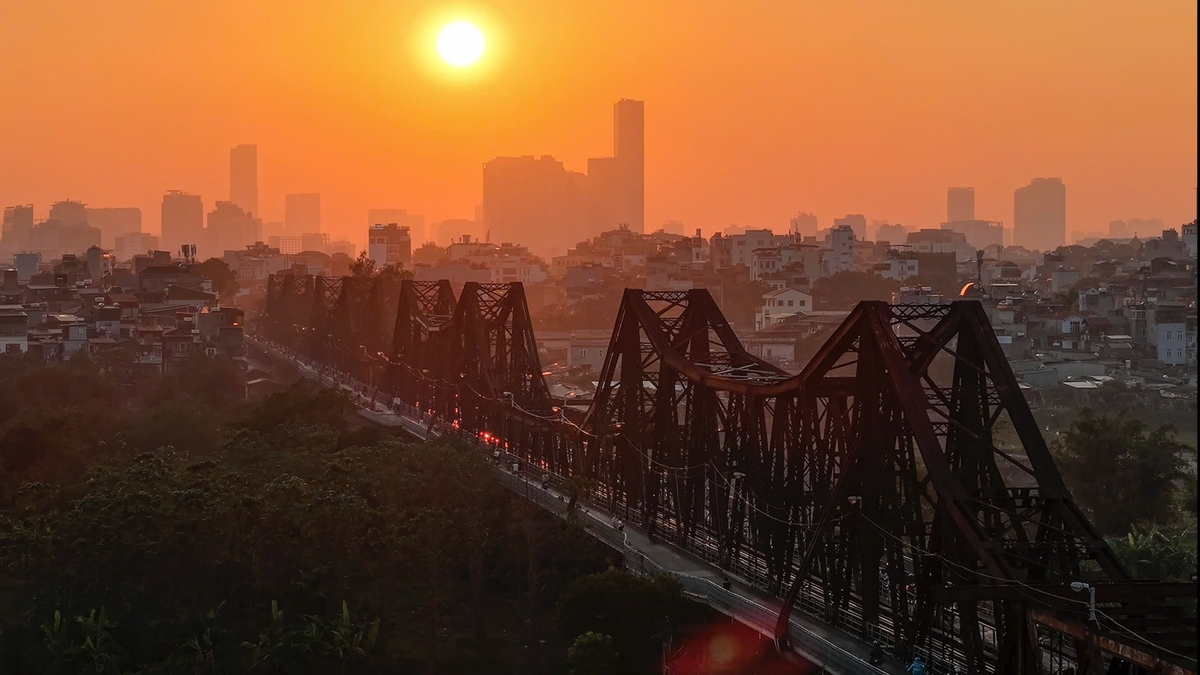




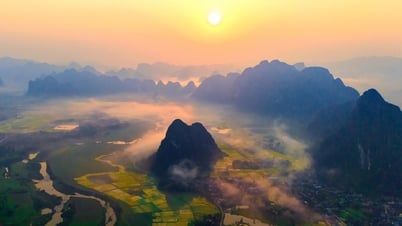











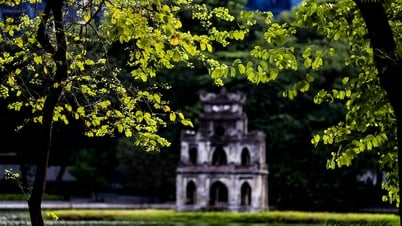
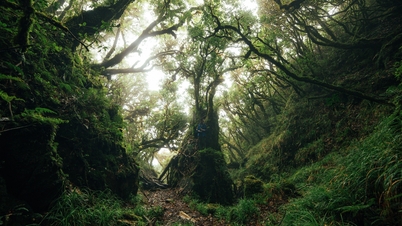
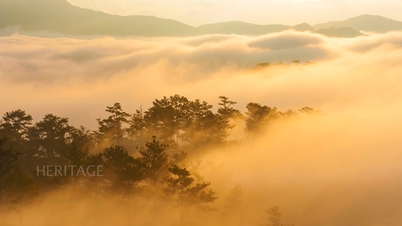
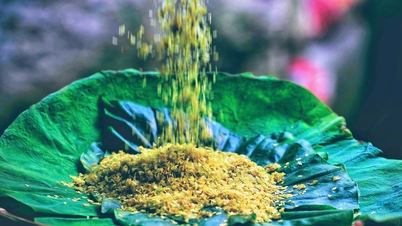

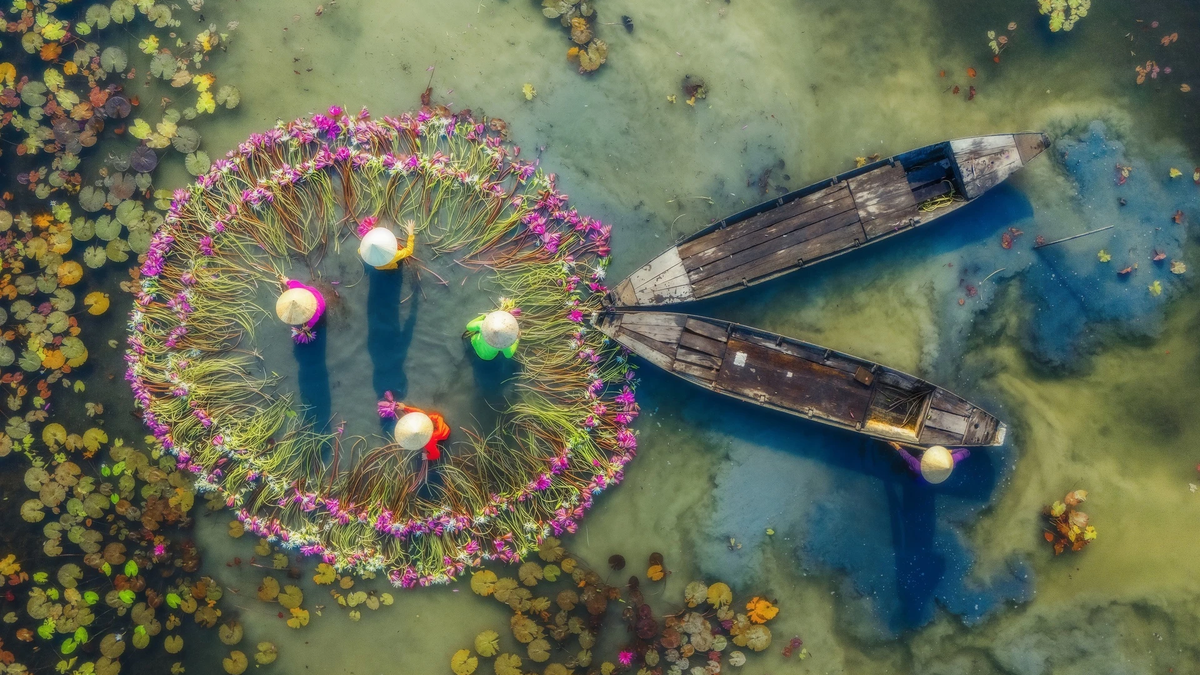


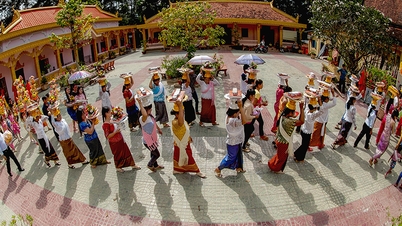

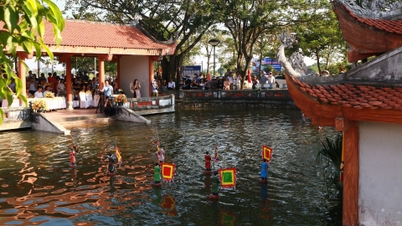



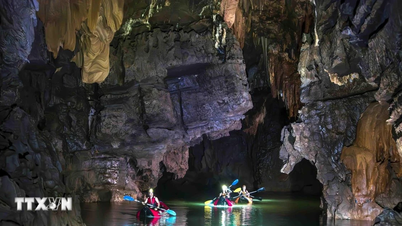

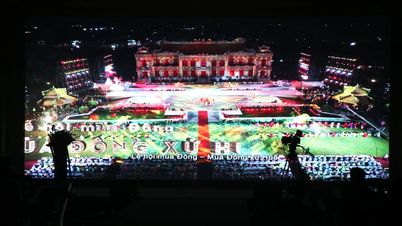
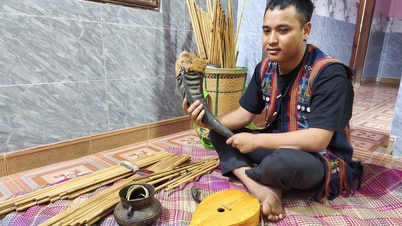

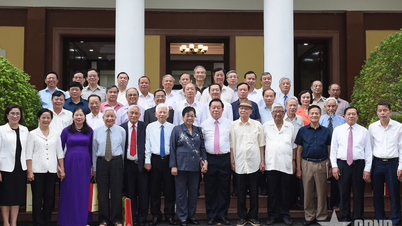








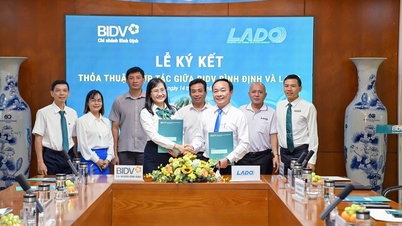



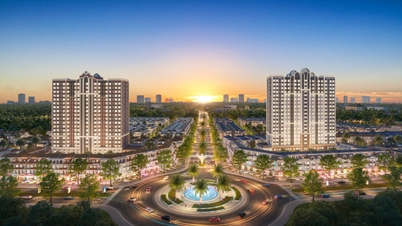





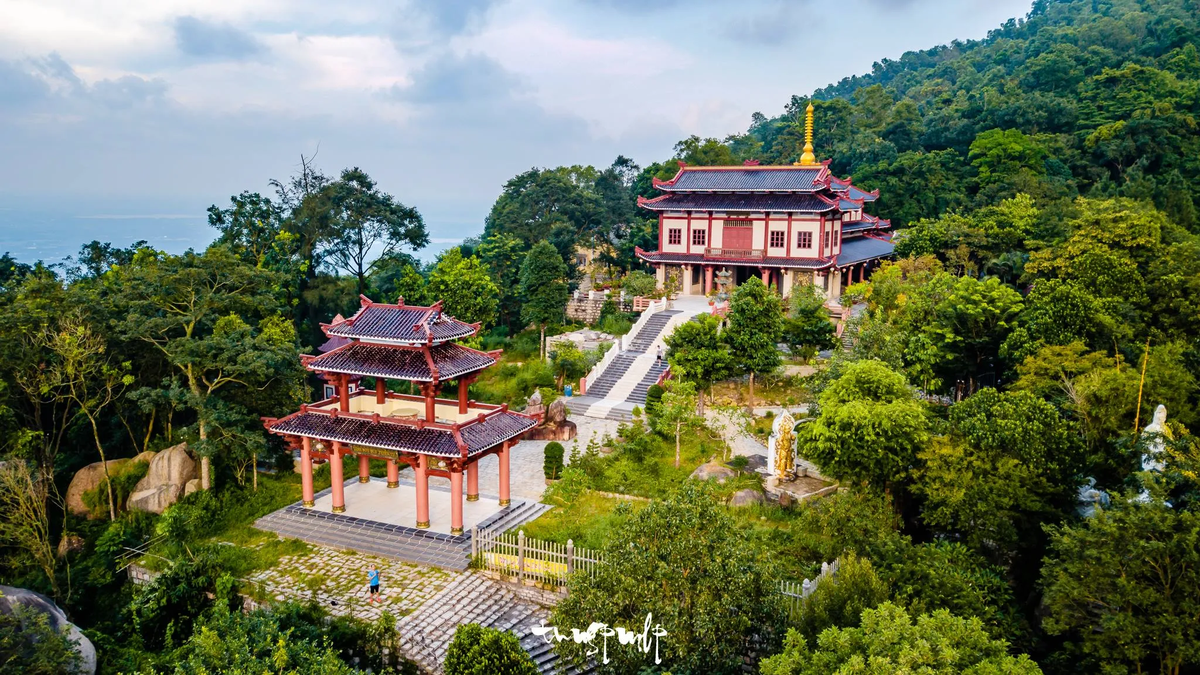
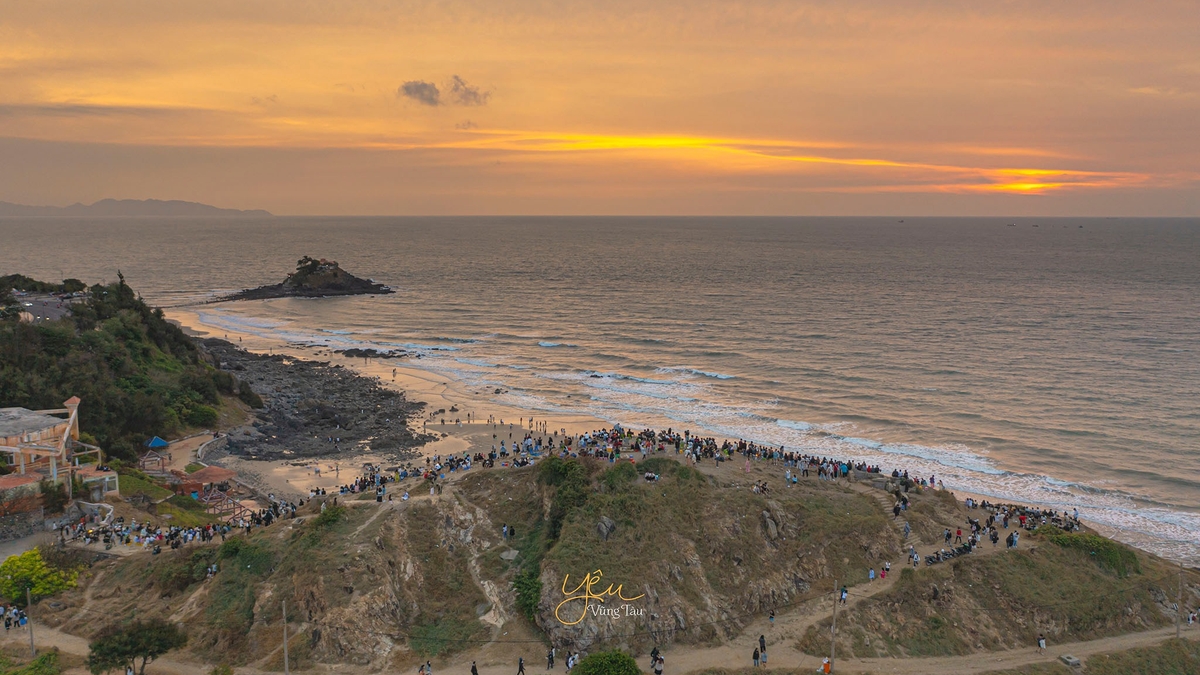
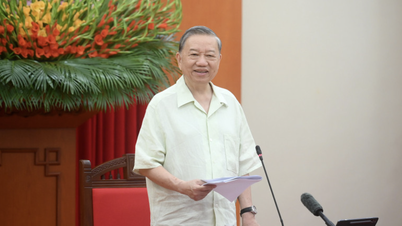
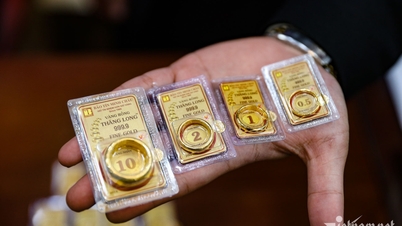






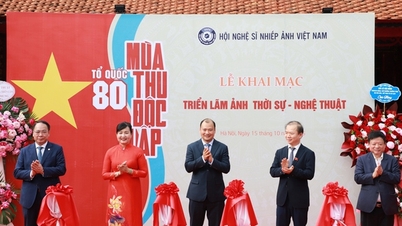







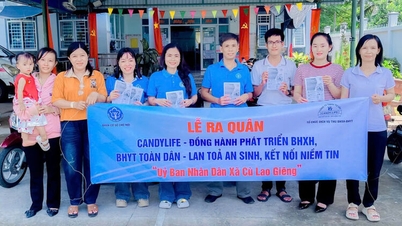



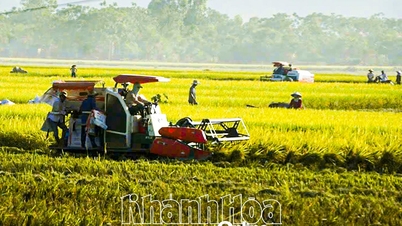



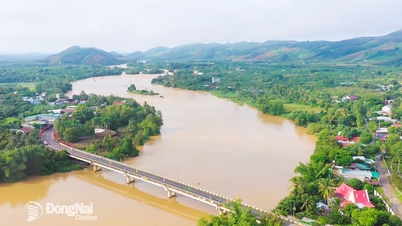

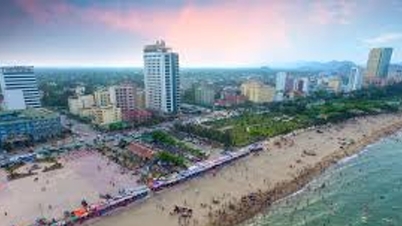

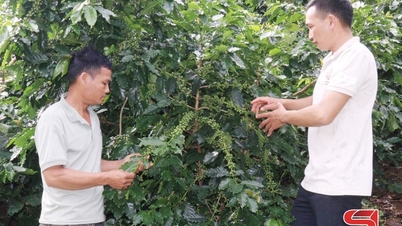

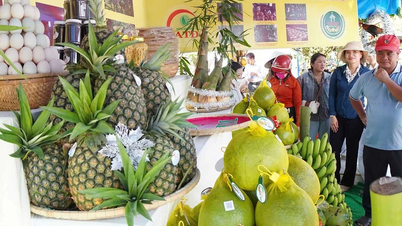




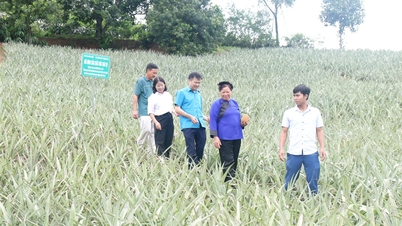



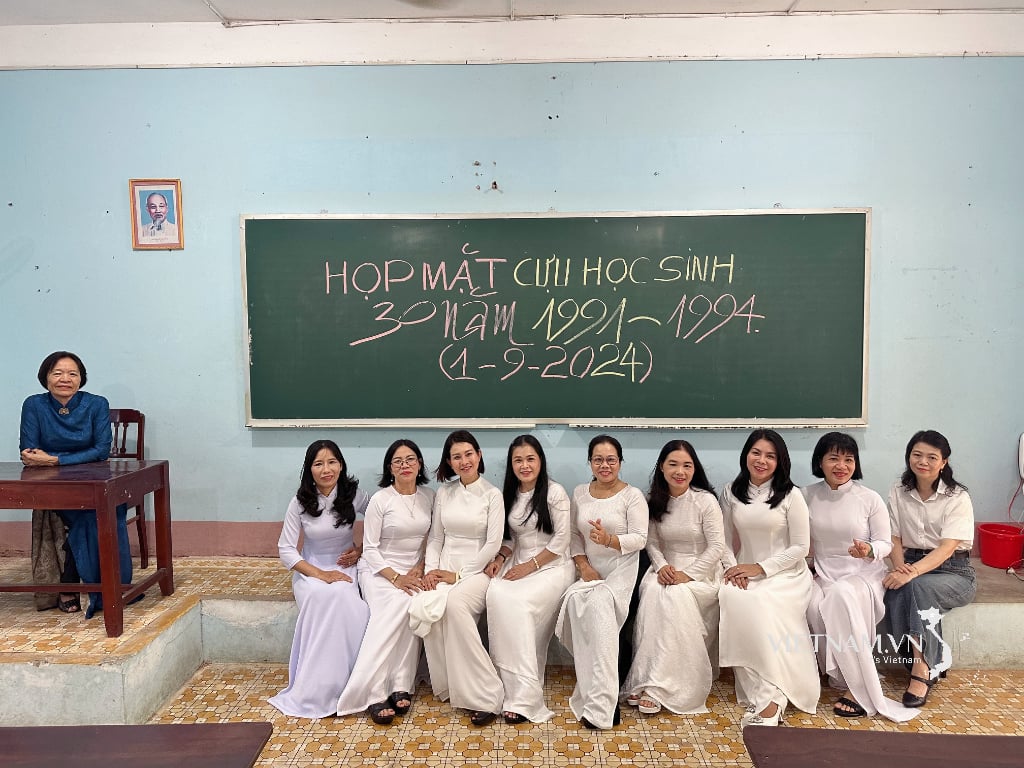


Comment (0)